A truism is a different approach to content creation for each target audience segment. But not all content marketers pay enough attention to separating B2B and B2C segments. There is a belief that it doesn't matter if we are trying to attract an audience of ordinary shoppers or aiming for business people—both are still people.
However, differentiating between these target audience segments, knowing their characteristics, and focusing on the suitable types of content are essential to successful content marketing. This article will discuss how B2B audience differs from B2C, what content B2B audience like, and how to write B2B content that grabs attention.
What are the features of the B2B target audience?
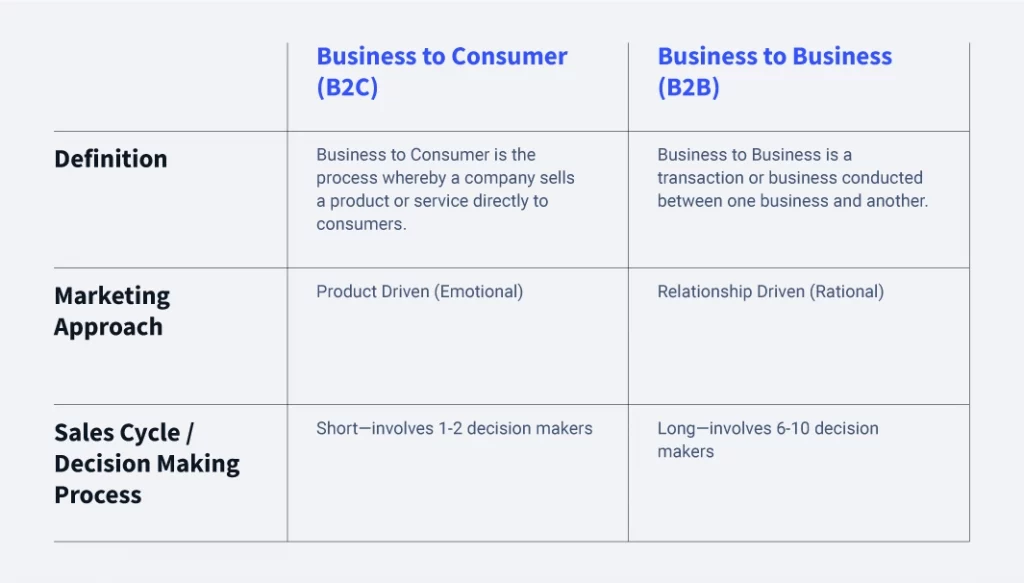
Customers from the B2B and B2C segments are mainly distinguished by how they make purchasing decisions. Understanding this will help make the right accents in content marketing. Characteristics of B2B target audience:
- Narrow target audience. There are fewer entrepreneurs than regular people. And your product is more likely to be suited to a specific industry. This narrows the target audience you are writing content for even more.
- Long sales cycle. A lot of time passes from first contact or interest in your product to purchase. Several people are involved in the process - their number depends on the company's size. In large organizations, the transaction approval can go through ten hands.
- More attention to benefit, less emotionality. Although business people are humans too, they think first of all about the usefulness of your product and whether it can bring them profit later.
- Expertise and market position are essential. The B2B segment especially values professional knowledge, competence, and high name in the industry. While ordinary clients can support even a newcomer, business people follow the achievements and want to ensure they have an expert in front of them.
The B2B segment's primary goal is to demonstrate expertise and market position. For B2C—to create an emotional connection, work to engage a new audience, and increase your brand awareness. Both segments can use similar types of content, but there will be different emphases and percentages of formats.
What content does B2B target audience like?
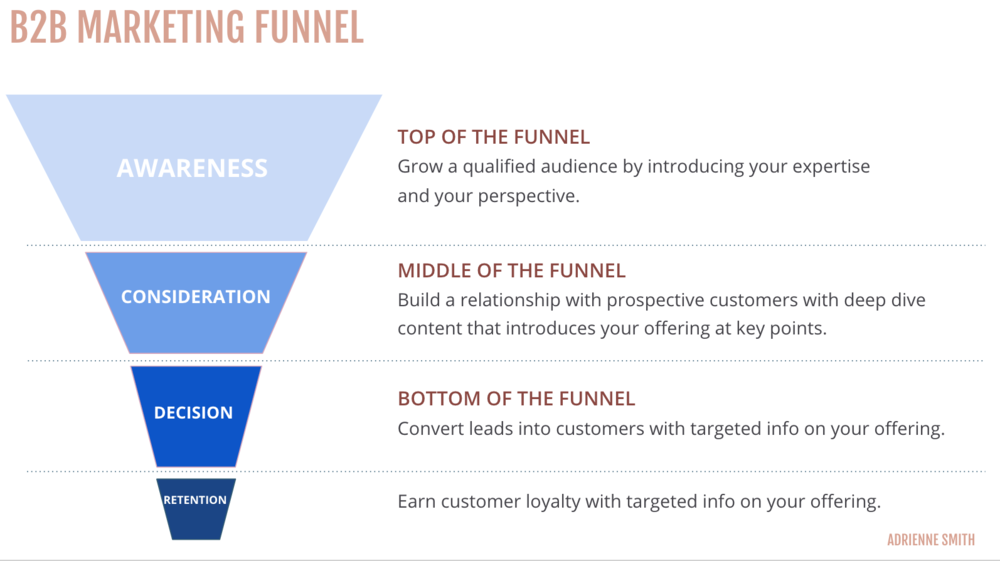
In the B2B segment, the content will primarily focus on narrow objectives, an in-depth look into the topic, and the consideration of special cases are welcome. The most valued types of content in the B2B segment:
- Analytical articles. Statistics, research, and forecasts will emphasize your understanding of the topic, in-depth knowledge, and interest and benefit your audience.
- Interviews with industry experts. This helpful content provides you with social proof effect - you are trusted by people important to the industry and easy to connect with.
- Educational guides and how-to articles. With this B2B content, you reveal topics close to your target audience and help them solve their problems.
- Webinars and valuable videos. Good video content demonstrates your expertise and shows how your product works or what steps your service includes. Visual content is compelling and easier to understand than text.
- Case studies. An essential component of content marketing for B2B is case studies. You will reveal your strengths and show yourself in action through a properly formatted and presented story of cooperation with other companies. You should not concentrate only on successful use cases. Sometimes you can show a couple of lousy use cases, but only if you have learned something valuable from them, draw conclusions or turn them in your favor.
Even though business clients will understand professional language, you should not make B2B content too dry and abstruse. This will not do any good and only cause boredom. In business content, combining knowledge with a friendly tone is better. It is more to accommodate the audience.
Also, remember that you should have an SEO-friendly website to reach as many readers as possible with your B2B content. Writing a B2B text is half the battle. You also need to make it so that as many people find it as possible.
How to write B2B content that grabs attention?
Having gathered his or her thoughts and created a file in Word, Google Docs, or another text editor, the author often falls into a stupor. He or she does not know what to write about, where to begin, or what should be the B2B content structure. This is where AI tools like ChatGPT alternative can help you get started by generating outlines and blog structures. AI in creative writing can not only assist with generating outlines and blog structures for B2B content, but it can also provide valuable insights and suggestions on topic selection, key points to cover, and the overall narrative flow, ensuring a well-structured and engaging piece. This approach is particularly useful when tackling complex industries like the B2B lead generation tool market, where understanding the nuances of the product and its audience is essential. The reason for this is ignorance of the algorithm for creating B2B texts. A step-by-step guide on how to write B2B content that grabs attention will help solve the problem.
Write the structure and outline of the B2B content
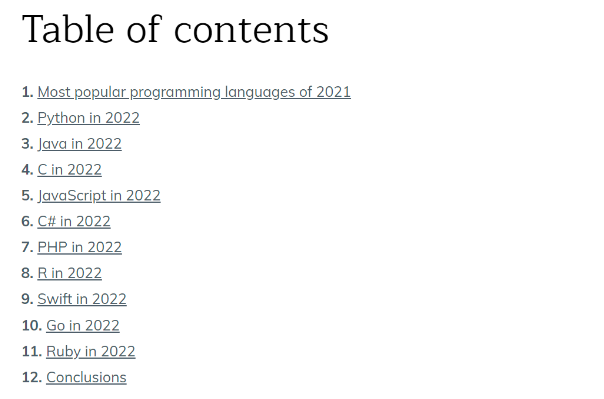
At this step of writing B2B content, you need to define the purpose of writing, gather the necessary information sources, and create an informative and intriguing B2B headline. Then it's time to put together the structure of the B2B content, which usually includes:
- Headline
- Lead paragraph
- Body text
- Conclusion
The most crucial principle in creating an attention-grabbing article's structure is the writing's coherence and consistency. It should be subordinate to the idea of the content and fully and logically disclose it.
It is better to make a structure on paper. So you do not forget anything. If there are several versions of the B2B content structure, you can choose the best or compile it from different options.
The plan can be presented in the form of summarizing the essence of the B2B text theses or subheadings, each of which will be consistently disclosed. For example, the outline of this article is reflected in its content.
Write the body text of B2B content
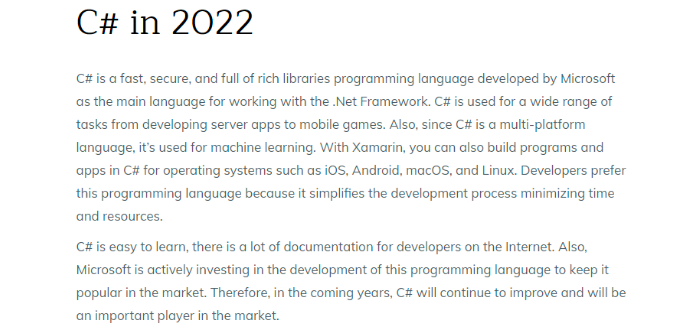
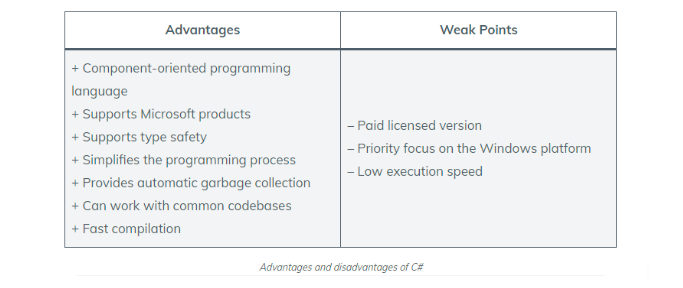
First, write an introduction (lead paragraph) that reflects the text's subject matter. If the purpose of the title is to draw attention to the article, an engaging introduction (lead paragraph) encourages to read it to the end.
Then you must directly respond to the reader's request, with which he or she enters the website. When writing the body of the article, it is advisable to adhere to the following principles:
- The text should be divided into small sections (3-5 paragraphs) with informative subheadings. This way, the B2B article will be perceived more easily. Solid chunks of text without a breakdown into paragraphs readers flip through.
- The optimal size of the B2B article is 5-10k characters. The B2B article of this volume is easier to avoid over-spam, and search engines will not perceive it as SEO fraud. In addition, reading such a text requires a considerable amount of time, which positively affects the website's behavioral factors.
- It is desirable to use illustrations and graphics in the B2B article. They attract attention and make the text more interesting.
- One paragraph should contain a single thought. No need to try in 3-5 sentences to cover the immensity. This will make the narrative illogical and difficult to understand.
- Each subsequent sentence is a continuation of the previous one. The reader is sensitive to any violation of the logic of the presentation.
You don't have to write B2B content for hours. If it doesn't work out well right away, do something other. Come back to B2B content writing later. Perhaps you will have some exciting thoughts.
Write a conclusion of B2B content

This part of the B2B article repeats the main messages of the text in a thesis statement. This is necessary so that the reader refreshes some of the main points and highlights for himself the most important.
It has been noted that many people first flip through the large volume of articles. They stop at a few paragraphs at the end of the text and read it as a whole only if the material caught them. Therefore, the importance of the conclusion is similar to the role of the introduction. Only here, everything is set out in the past tense because the person has already studied the article and received answers to the questions of interest mentioned at the beginning of the text.
In conclusion, you need to motivate the reader to use the information he or she received, proving its practical usefulness. After writing the conclusion, the work on the B2B content does not end. There is one more important step.
Proofread and edit B2B content
Editing is often a more difficult step of working on B2B content than writing it. You must find and correct all the mistakes at this stage, eliminate the fluff, and complete the missing information. If you are unsure of your abilities, it is a good idea to take the help of essay writers from Essay Tigers. Moreover, follow these recommendations:
- Errors. No matter how literреate you are, always check with dictionaries when checking your writing.
- Unnecessary text. Just written text is often a stream of consciousness. It is often a lot of unnecessary and redundant. Reading, consider whether you can shorten a sentence (paragraph) without compromising its meaning. For example, "In the park, he met a beautiful young girl." The girl is always young, this adjective may well be removed, and the sentence will only benefit from it.
- Structure. Once again, assess the composition of the B2B content you have written. Assess how well the text is divided into paragraphs. Perhaps some information should be presented in a list.
- Gaps in text. Sometimes you have not fully disclosed the subject, as stated in the title, for example, something you forgot or described in insufficient detail. If there are exciting and vital thoughts - it's time to add them to the text.
After the proofreading and editing, it is better to leave the B2B article for some time. If deadlines are pressing, it will be enough to have half an hour. Then reread the material: perhaps you will see the shortcomings and correct them in time.
Common mistakes when implementing content marketing in B2B
If you look at most of the failed B2B content marketing cases, it turns out that:
- Goals are not formulated, and KPIs are not defined. These companies decided to try, but no one knows why or how to evaluate its effectiveness.
- B2B content is focused on the top of the sales funnel (attracting customers). It is not clear what to do with the leads later and how to keep them.
- There is no buyer persona. The B2B content does not meet the needs of potential customers, so they are not interested.
- These companies hire copywriters and give them topics, but they forget to share their expertise. As a result, these companies have a rewrite of someone else's text, which does not answer the customers' questions and does not demonstrate the company's expertise. That is why it is useless.
- These companies have allocated a budget for B2B content writing but not for distribution. Even the most helpful B2B article makes no sense if it has not been read by the person it addresses.
- There is no system for writing B2B content. From time to time, someone remembers that the company has a blog and a community on social networks, and after a couple of new B2B texts, enthusiasm disappears for the following months.
Doing B2B content marketing, you should approach it comprehensively. You should focus on B2B content writing and distribution simultaneously. Even if you have written the most attention-grabbing article but forget about its promotion, you have wasted your time.
Conclusion: a checklist for self-control on how to write B2B articles that grab attention
Businesses pay more attention to the expertise of the service or product provider, concentrating more on the benefits and profits that cooperation will bring. B2B content is to show expertise and position in the industry, to help learn more to make a decision.
Before writing an article, a copywriter should check the checklist. It will tell whether the B2B text will be excellent, valuable, and necessary for the readers. This checklist can be summarized in 7 main points:
- You have clearly defined the B2B article's topic and analyzed what to write.
- You have chosen a catchy headline that shows how the article will benefit you.
- You have decided on the structure of the future B2B content, at least in general terms (even an approximate plan will not allow you to go into the maze of writing, given the wild creative imagination).
- You have written an eye-catching introduction.
- You addressed in detail the problems and issues raised in the introduction and answered the reader's questions objectively (using credible data) in the body of the text.
- You have written a conclusion in which you draw conclusions or advise the reader on his or her next steps.
- You have proofread and edited the B2B text, eliminating errors and unnecessary information.
The key to success in writing attention-grabbing B2B content is a lot of practice. Now you know how to write content that grabs attention.

